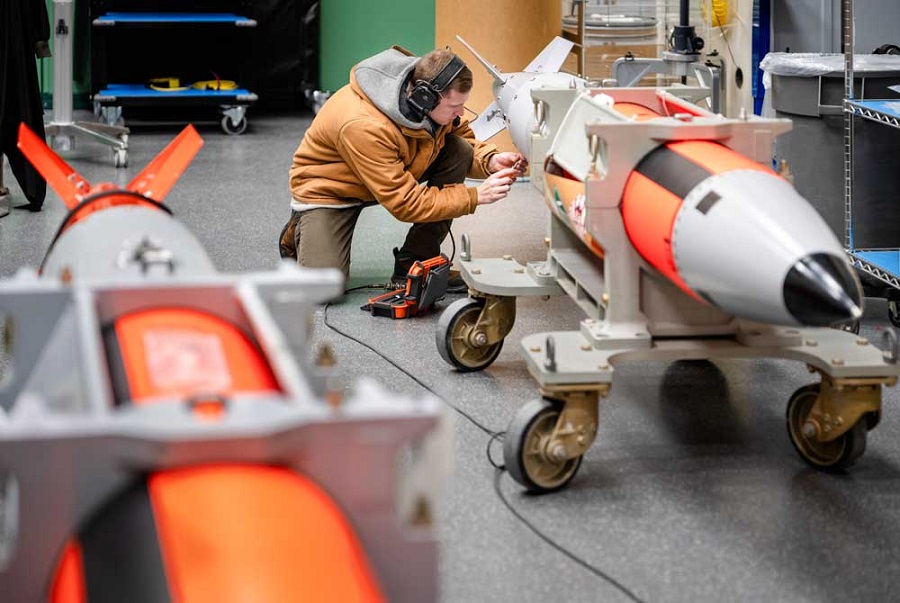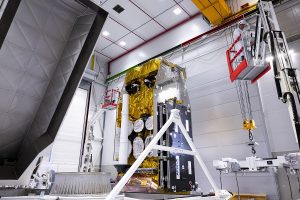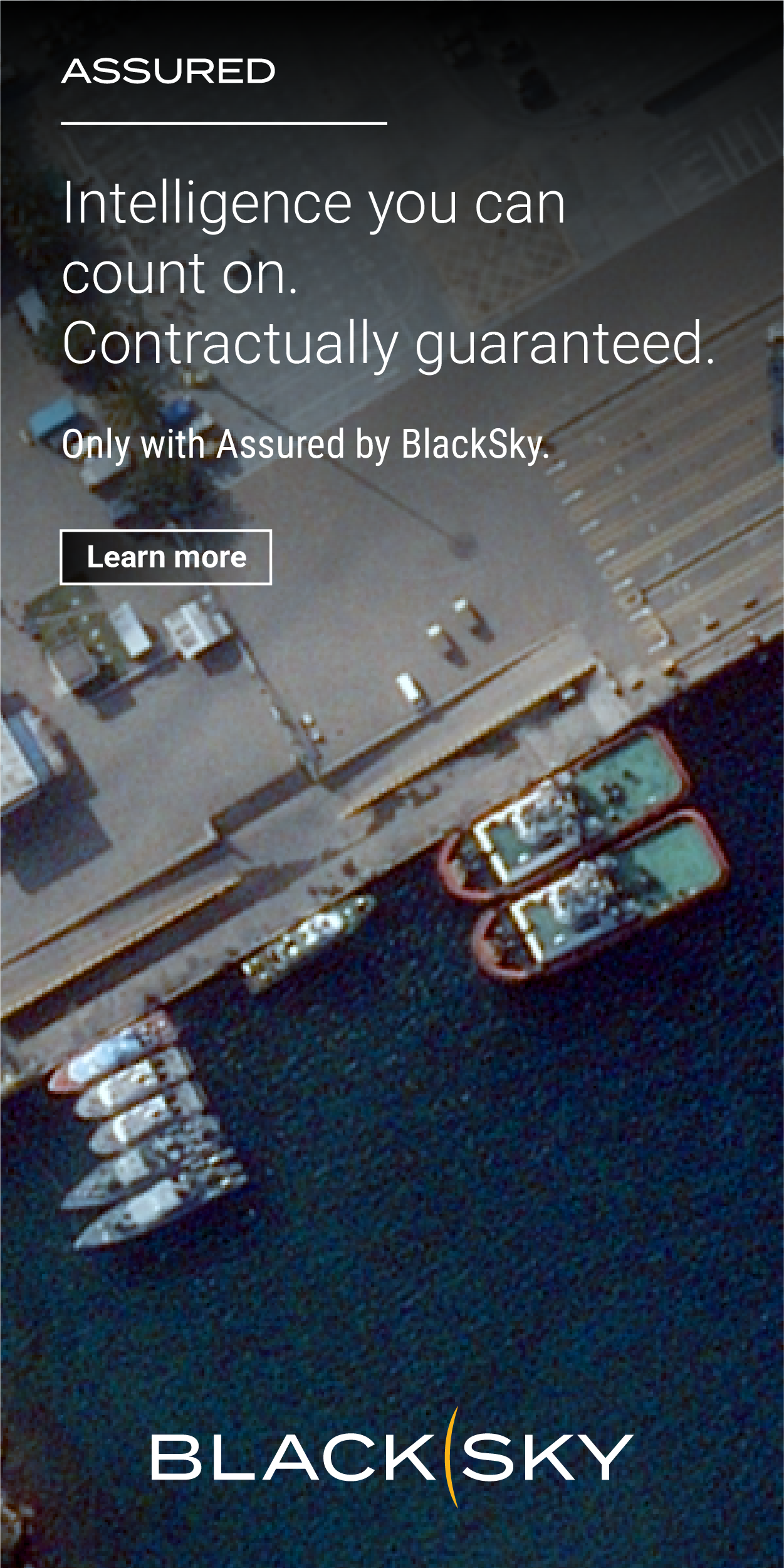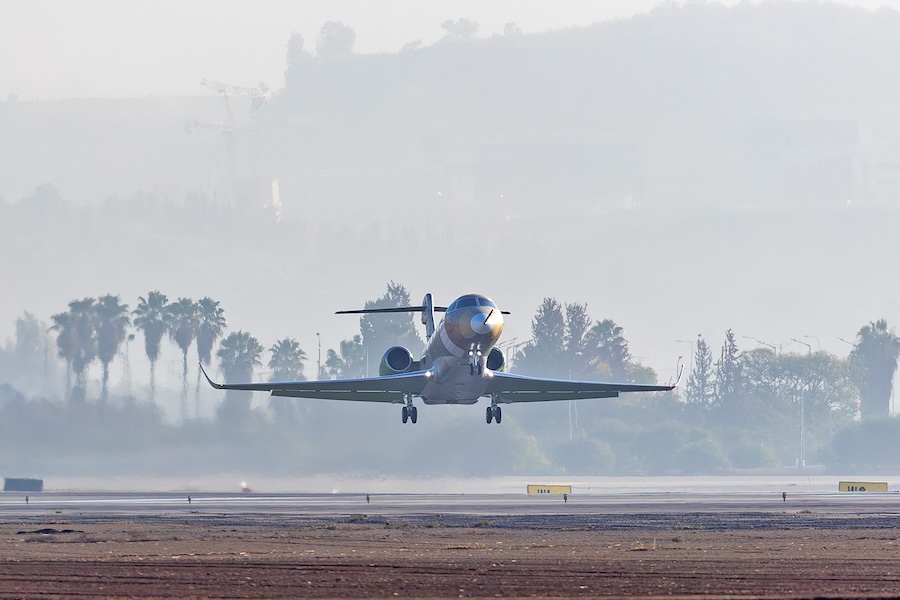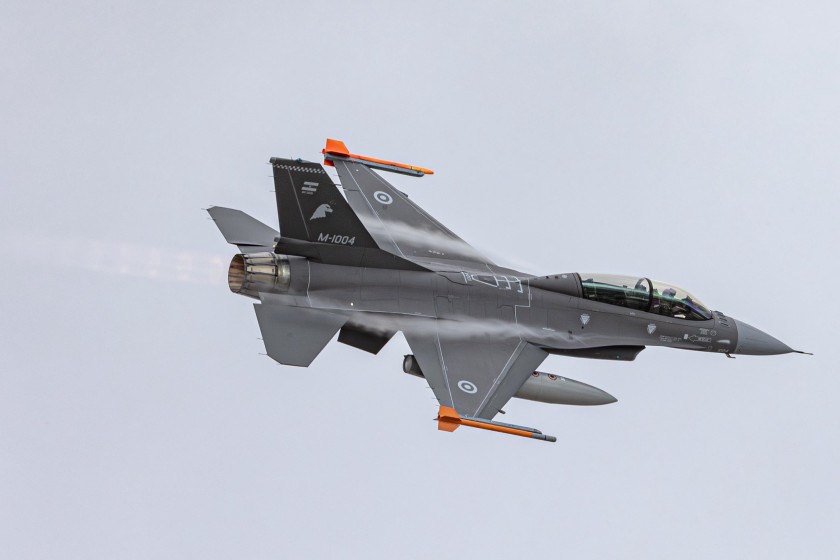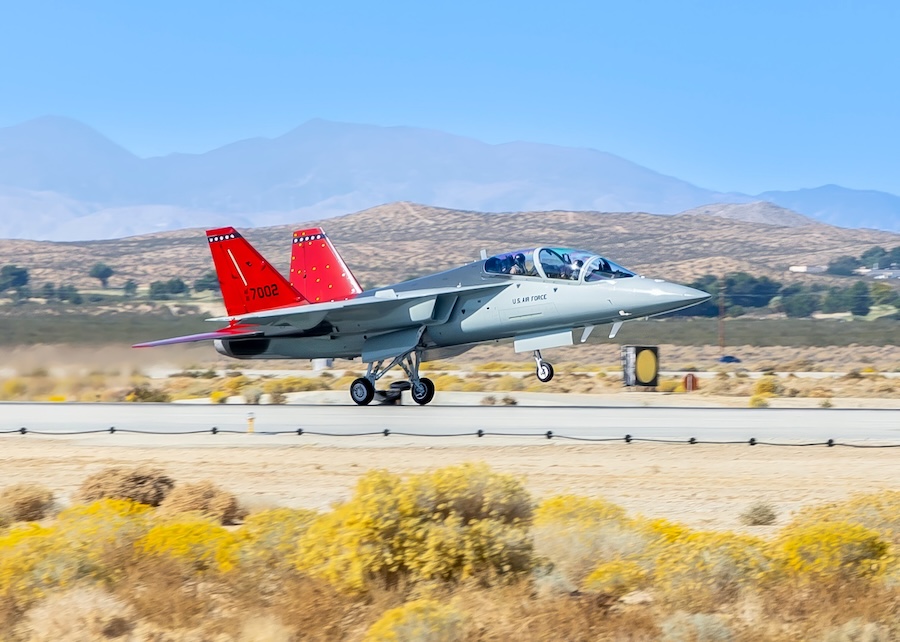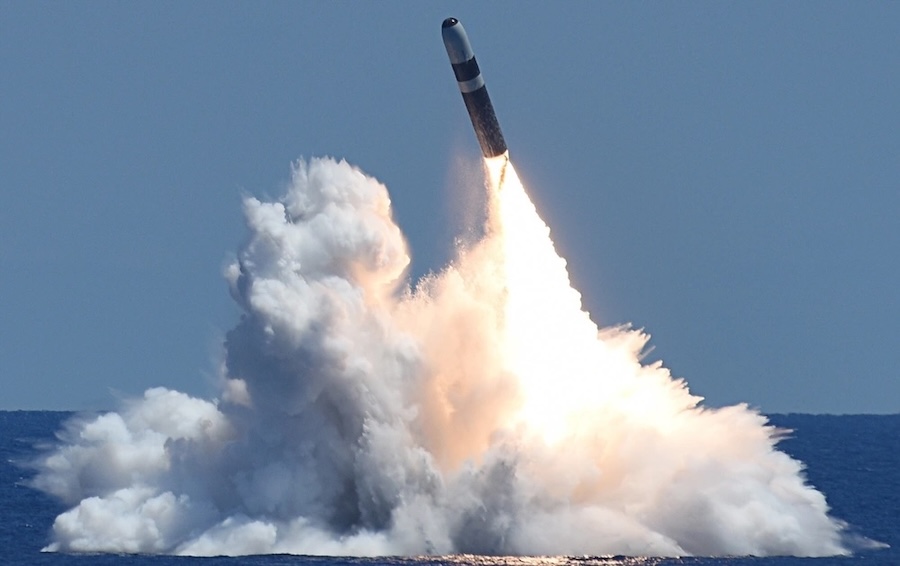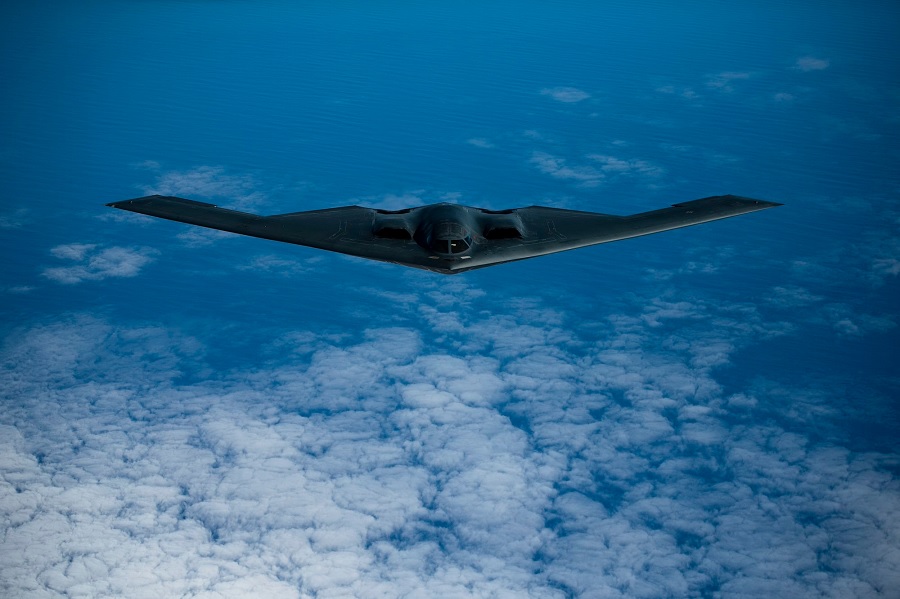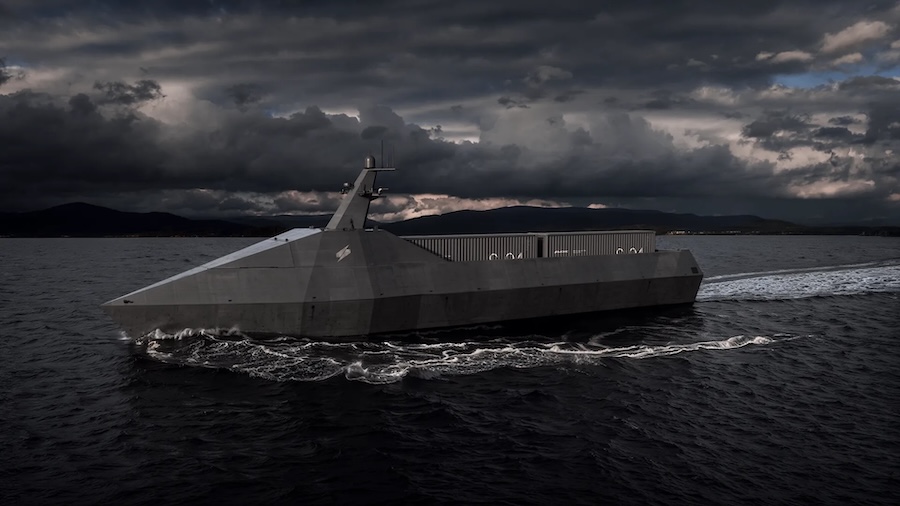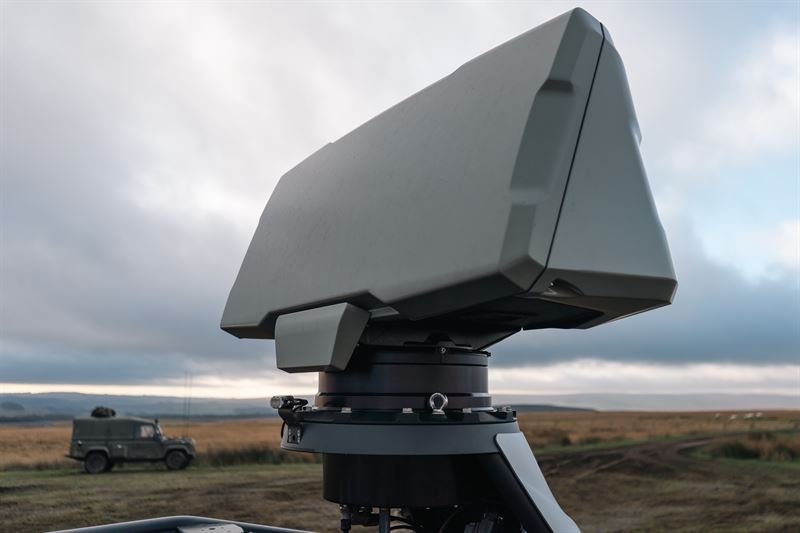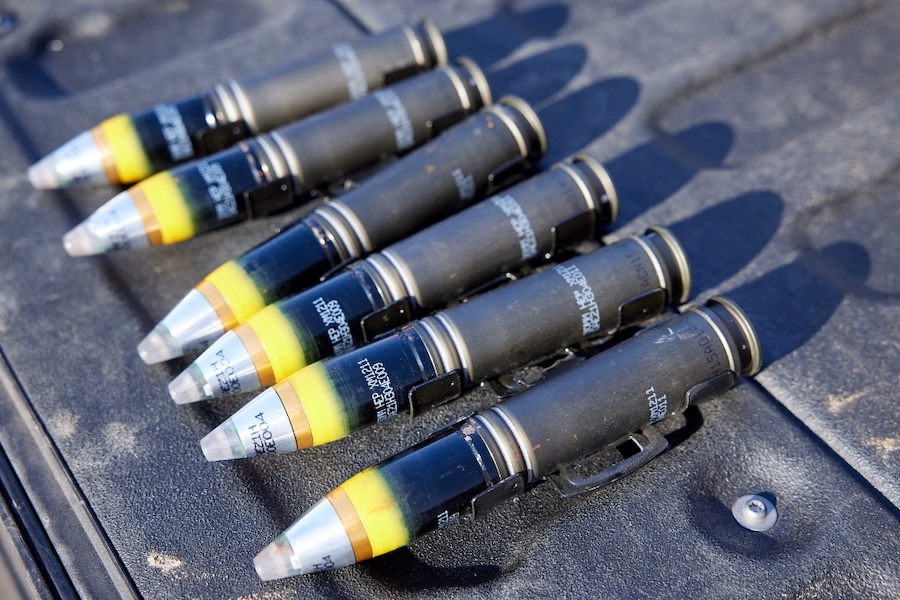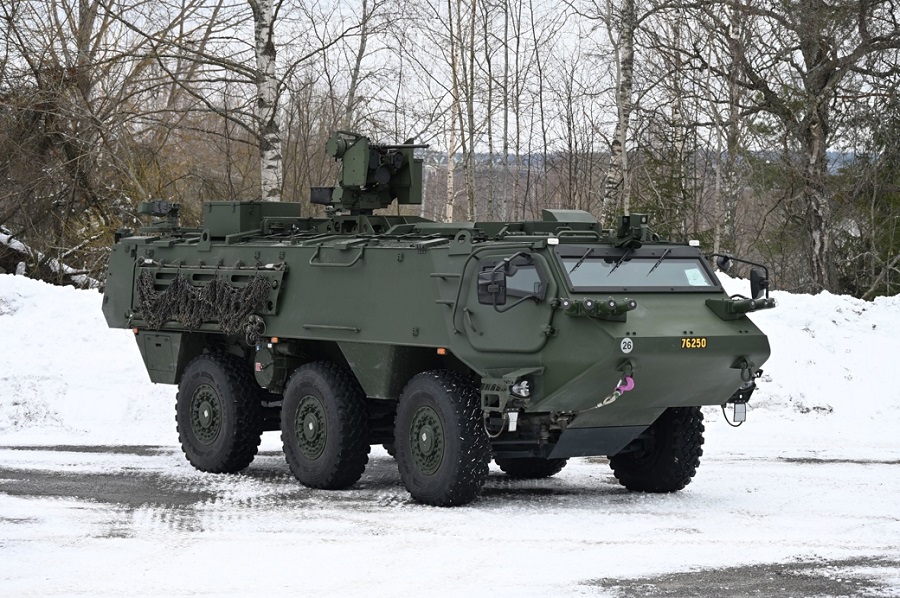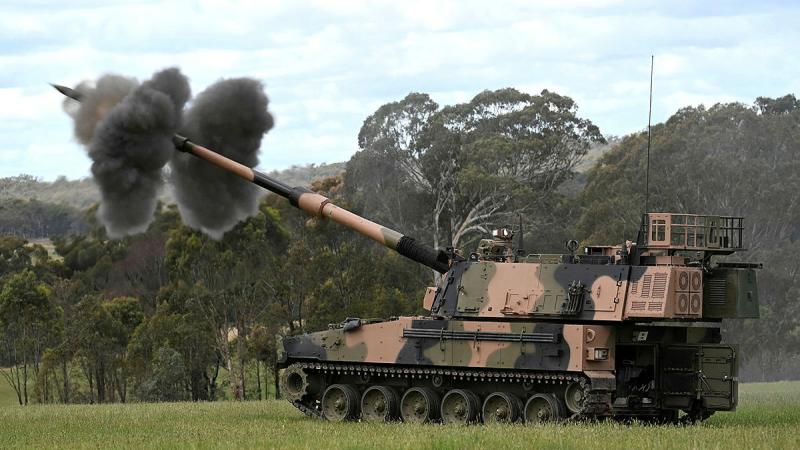The United States is expediting the development of its next-generation B61-13 nuclear gravity bomb, shaving seven months off the original timeline — a reduction of more than 25 percent in time to first production. The accelerated schedule comes in response to what officials describe as a critical challenge and urgent national security need.
Sandia National Laboratories, tasked with the weapon’s development, credits innovative programme planning for the progress. “The B61-13 team reprioritised qualification activities, planned tests with U.S. Air Force stakeholders and jointly completed requirements with Los Alamos National Laboratory and NNSA,” the lab reported, highlighting the collaborative effort behind the accelerated timeline.
The B61-13 programme, launched in 2023, is designed to enhance the United States’ nuclear deterrence capabilities amid evolving global threats, particularly in light of Russia’s invasion of Ukraine. The bomb will provide the president with expanded strike options, especially for targeting hardened and large-scale military sites.
Described as having “highly-destructive” power, the B61-13 carries a maximum yield of 360 kilotons — roughly 24 times that of the bomb dropped on Hiroshima. It will be deployable by strategic platforms such as the upcoming B-21 Raider stealth bomber and the outgoing B-2 Spirit.
Sandia said a subteam within the Enhanced Mission Delivery Initiative Stockpile Modernization working group made a concerted effort to explore what was needed to deliver a fully qualified weapon system in under five years. “Their creativity in system qualification put an aggressive set of plans in motion to meet stakeholder expectations,” the lab added.
The programme follows the recent USD 9 billion completion of the B61-12 life-extension initiative, freeing up resources and technical expertise for the newer B61-13. With continued emphasis on precision, survivability and modernised delivery systems, the weapon is expected to serve as a key component in maintaining strategic deterrence and fulfilling NATO obligations under collective defence agreements.
Source: Sandia National Laboratory.




